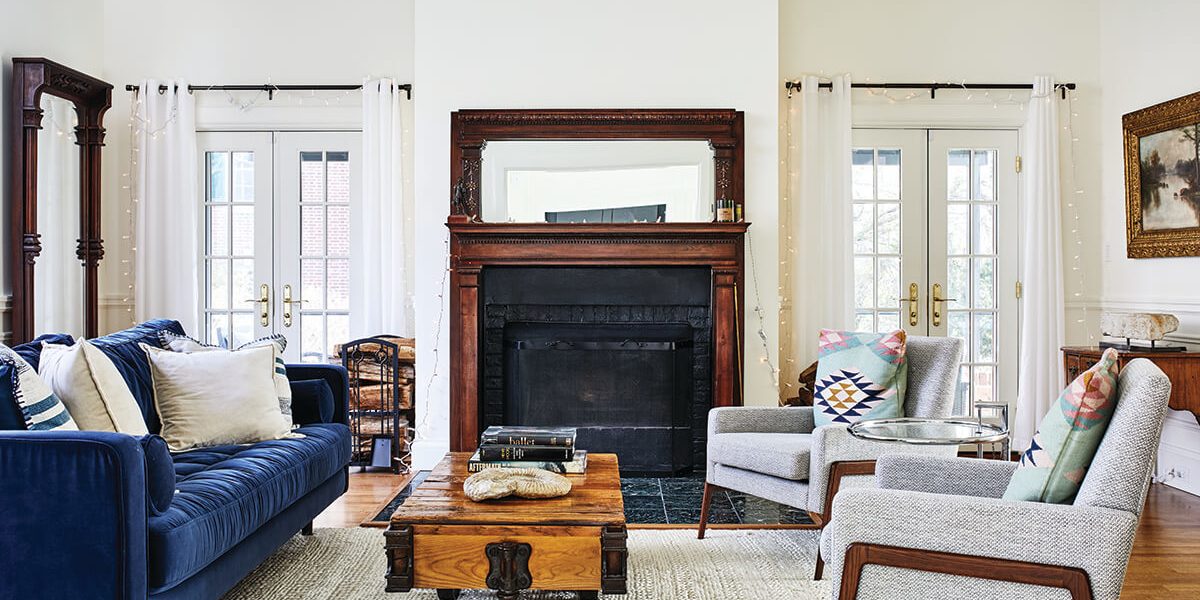Home & Living
The House That Fire Built
A Roland Park blaze forever changes a family and their home.
This is a story of a stomach bug, a house fire, and a couple of guinea pigs.
It was 2017, an unbearably hot August day, and homeowner Julie Phillips was having work done on her Roland Park home. The rubber roof had been leaking, and a crew—recommended by a friend—was there replacing it. Her daughter Chloe, 7 at the time, had a bad stomach bug, and the two escaped the noise of the work for a nearby friend’s house and pool. Her 4-year-old daughter, Ruby, was off with other friends. That’s when Phillips’ phone suddenly began vibrating with smoke notifications from her alarm company. She called the roofer to make sure everything was okay. He was off-site, and his truck had broken down. “Let me call my guys,” he told her.
Phillips, a counselor at Loyola University, was less than a mile away from home and getting in her car when the alarm company’s central monitoring called to say 911 had been dispatched. “I rounded the corner with Chloe, and there were three fire trucks in the front of the house and smoke billowing out of our third-floor window,” remembers Phillips. She was in shock. The firemen had already broken in through the side door and the left side of the house appeared to be engulfed. Julie suddenly remembered the guinea pigs that belonged to her girls. A firefighter successfully retrieved the cage but accidentally dropped it as he came outside, allowing its inhabitants, Sugar and Cream, to make their break for freedom. Chloe, shivering and feverish in the neighbor’s yard, watched her house burn and her mom run after the guinea pigs. (Both were caught and returned to the safety of their cage.)
After that, Phillips called her husband, David, vice provost for admissions and financial aid at The Johns Hopkins University. “I said, ‘The house is on fire. Please come home.’ And then I guess I just hung up,” she says. It was 3 p.m.
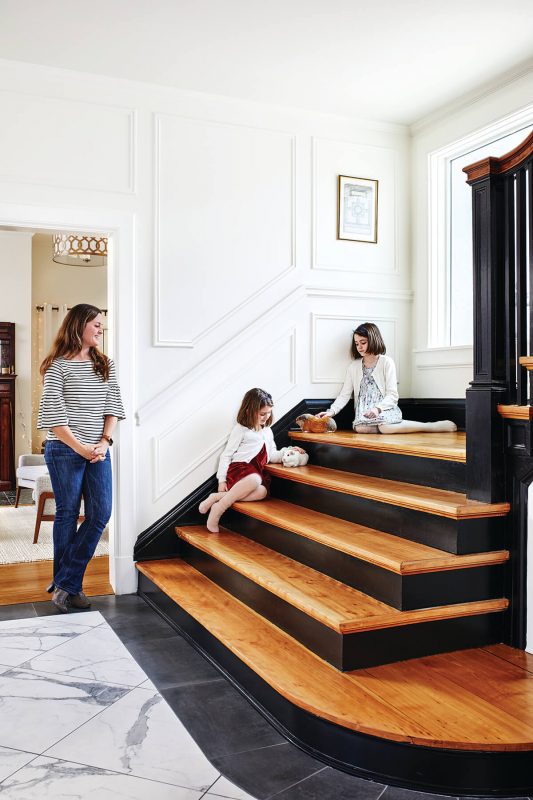
The next few hours were pretty terrible. “You’re in a state of shock,” says Phillips. What wasn’t destroyed by fire was damaged by water and smoke. It turned out the roofing company had been torch-sealing the roof, a standard but risky practice. A combination of a very hot day and 100-year old wood allowed a spark to quickly slither up and down the walls like a snake looking for prey. “Our neighbors said they saw them trying to put out the fire with water bottles.”
Insurance was called, and once the fire was out, Julie and David were led through the house by a firefighter. There was water everywhere. And there was the smell: It instantly burned their nostrils and eyes. From that point on, fire itself took on a new meaning: “We were in Wisconsin a week later for my cousin’s wedding,” recalls Phillips, “and my dad made a big bonfire. David and I were just like, ‘Oh, my god.’”
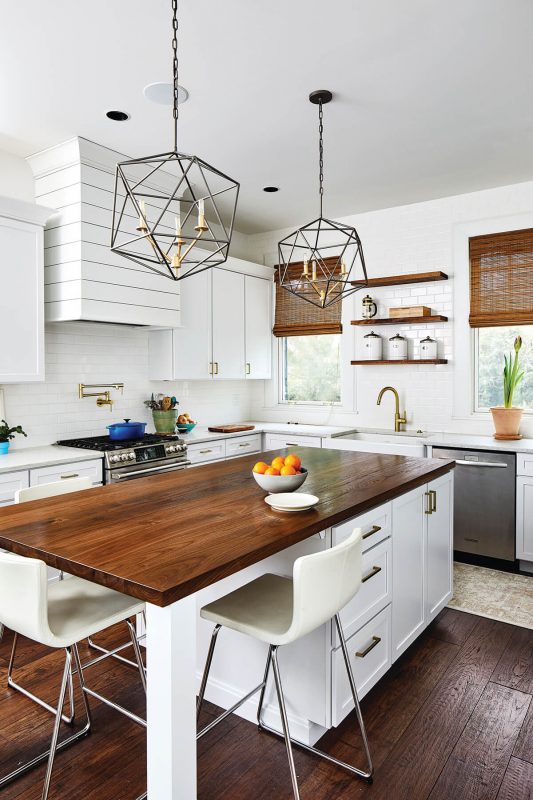
As the fire trucks pulled away, the restoration services showed up. “They are like ambulance chasers. Five companies trying to talk to you after your house was just destroyed,” she says. At the recommendation of their insurance company, they selected ServPro. “They came in and started suctioning the water. This was two hours after the fire and we already had a crew there, putting in fans and a generator. It’s pretty amazing how quickly people mobilize.” Phillips managed to pack up clothes for her, David, and the girls. She did 25 loads of laundry over the next several days. They stayed with friends while looking for temporary housing. Each day, Julie and David would return to the house and see what they could take out and salvage. Then insurance came in and inventoried everything that had been lost.
As luck would have it, a home had been sitting empty nearby and within walking distance of school and Julie’s work. It was for sale, but they reached out and pleaded their case for a rental. The owner told Phillips he had lived through a house fire when his kids were little and agreed to a year-long lease. “It was a godsend,” says Phillips. “I’m not a religious person, but the universe was absolutely on our side.” They moved in that weekend with a few items, but by Monday, both Julie and David had Chloe’s stomach bug.
Insurance had sent them a generous lump sum to buy temporary furniture, clothing, and bedding, but since Phillips couldn’t leave the house, a friend took her credit card, went to Target, and bought blankets, pillows, sheets, and towels. “And we were lucky the house had kitchen stuff. We had a place to stay. People brought us stuff, took the kids. But the logistics are just time-consuming.”
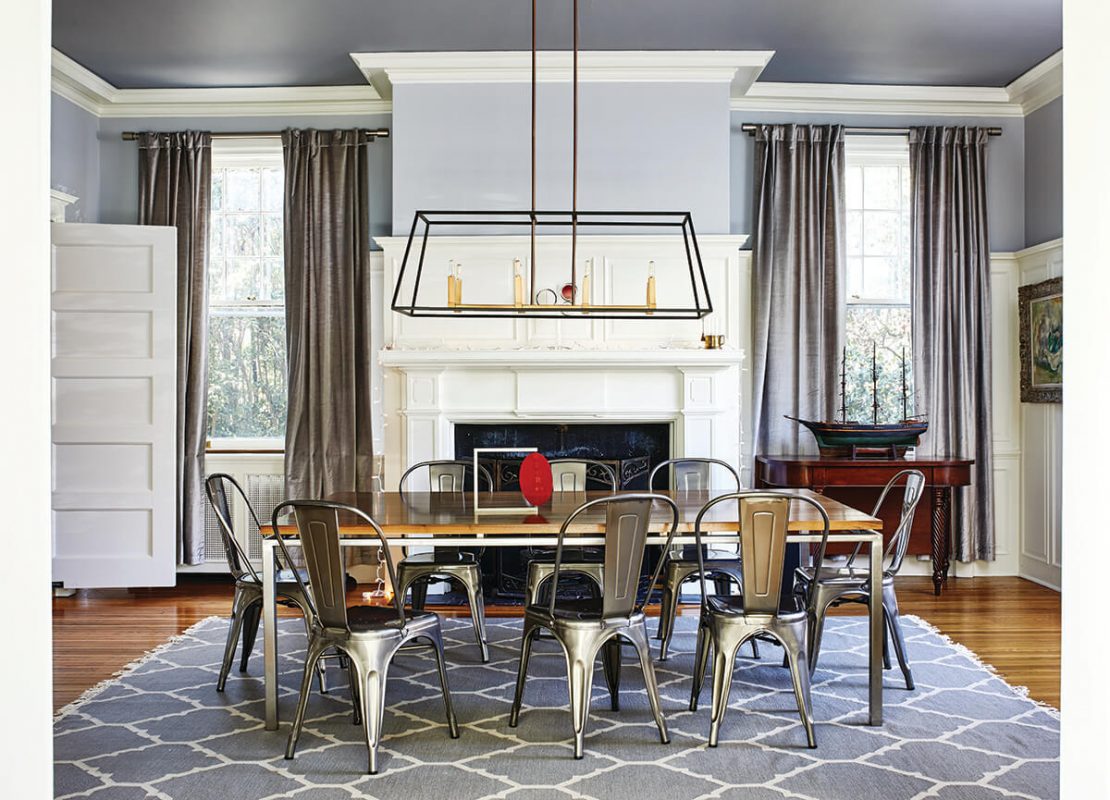
But then what? Phillips’ knee-jerk reaction was to sell the house. “I want nothing to do with it,” she thought. But she owed it to her family to at least go through the motions of a renovation. Part of the house would need to be completely rebuilt, so they needed an architect to design the space. But Julie and David also realized this was the time to renovate rooms they had been talking about upgrading since they bought the house five years earlier. Insurance would pay for the fire-damaged portions—including the living room and family room—while the Phillipses would pay for the kitchen and a new master bedroom. They hired Ziger/Snead Architects that fall, and they, in turn, recommended Smithouse Construction.
Work started that January—five months after the fire. Every Friday, they would meet in the dining room of the damaged house with a temporary table and a space heater. “It was breakfast with the Phillipses,” says Michael Westrate, a designer at Ziger/Snead. The weekly get-togethers meant they were able to make decisions quickly, but also to “check in on everyone’s mental health,” he says. That was as important as choosing the right fixture. “Julie was very distressed, as one might imagine,” says Doug Bothner, a partner at the architecture firm. The damage was beyond what just the eyes could see. The fire had crawled through the house and affected a lot of the house’s structure. The goal was twofold: Justifying the amount of work that needed to be done through their insurance company and “turning this tragedy and pain into a real opportunity for change,” says Bothner.
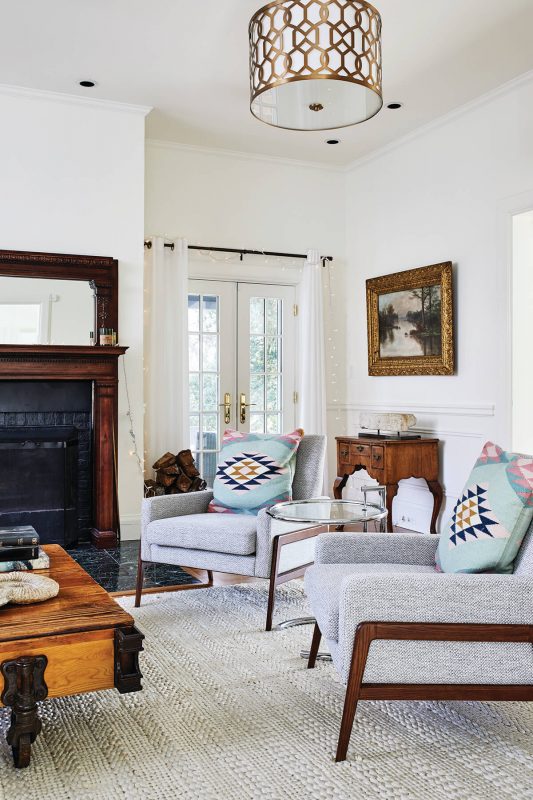
“David and I don’t know house design,” admits Phillips. “I knew nothing about what my style was.” Her research included following Instagram accounts of favorite designers. Her criteria: lots of white, family-friendly but chic, and comfortable. Before the fire, the home had been overrun with toys. “When we redesigned, I wanted our first floor to be an adult floor,” she says. The family room, tucked away in the back of the house, has a comfy sectional for watching movies and is now home to two happy guinea pigs. “Our living room is more formal now,” says Phillips. “We never used to hang out in there. And now it’s the place we really love to be.” But the kitchen is another new favorite place. The old kitchen had last been renovated in the ’50s, but now is fully transformed, the true heart of the home with an oversized island the family eats at every night, white cabinets, gold hardware, and open shelving.
They moved back into the house almost a year after the fire—in August 2018—and lived for an additional month with some construction as crews finished the work. And then, one day, there was silence. The workers were gone. And it felt good. And the “fire house” just felt like home again.
“The fact that they could come home and actually feel like they are home and feel safe—I think that’s a huge part of the process,” says Bothner. Mostly, says Phillips, the entire experience is like childbirth. “Looking back, you say, ‘It wasn’t so bad. It’s fine.’” She sighs, “We’re so happy to be back.”
